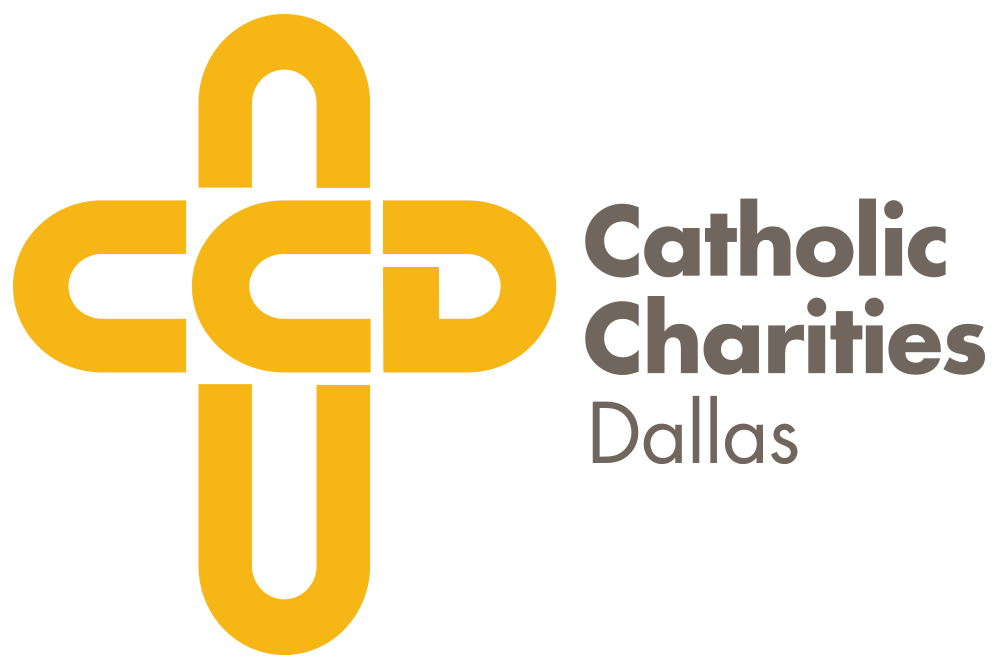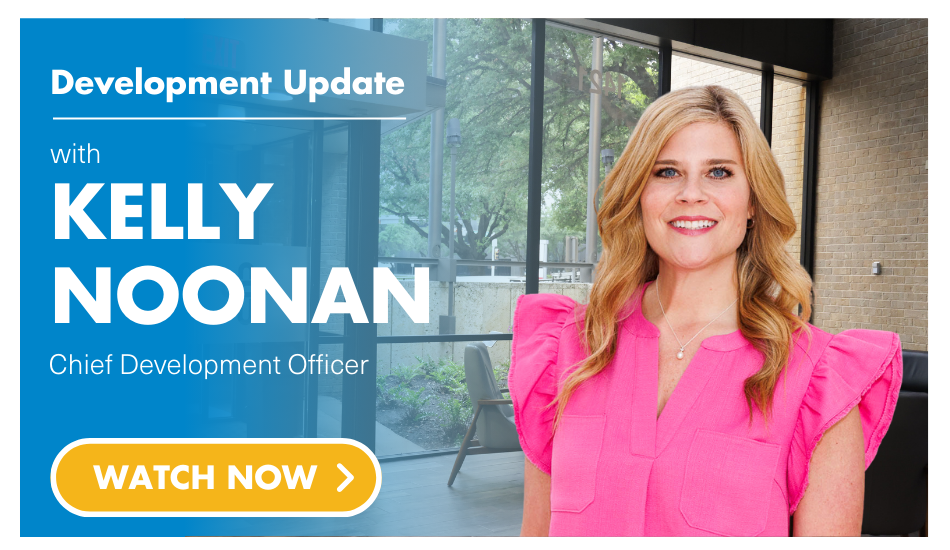Implementation
The Supreme Court ruled on January 27, 2020 that the Department of Homeland Security, DHS, can implement its rule defining the public charge ground of inadmissibility. The final implementation date is still unknown. The affected cases include immigrant and non-immigrant visa petitions submitted to US Citizenship and Immigration Services (USCIS) and Department of State.
Summary
Someone who is “Likely at any time to become a public charge” means that anyone who is more likely than not to receive public benefits for 12 months in a period of 36 months would be considered inadmissible.
Determining factors
USCIS will assign weight—negative and positive, as well as heavily negative and heavily positive—to five factors to determine whether the applicant passes the public charge test.
- Age: Applicants younger than 18 or older than 61 will have to demonstrate why their age will not affect their ability to work. Full time students who do not work will be viewed as heavily negative.
- Health: Applicants with long term medical needs must show whether their condition affects their ability to work or care for themselves. Having private health insurance (not ACA) is viewed as highly positive.
- Family status: Household size will include dependents and persons providing the applicant with more than 50% of financial support.
- Assets, Resources, & Financial Status: The annual income of the applicant must be at least 125% of the federal poverty guideline (FPG) or household income of the sponsor must be over 250%. Applicants gainfully employed and authorized to work is viewed as heavily positive.
Education & Skills: DHS will consider the education level of applicant, occupational skills, English proficiency, and status as caregiver.
Public Benefits
The following benefits affect the public charge rule:
- Supplemental Security Income (SSI)
- Temporary Assistance to Needy Families (TANF)
- State General Cash Assistance Programs
- Medicaid Covering Institutionalized Long-Term Care
- Non-Emergency Medicaid
- Supplemental Nutrition & Assistance Program (SNAP, formerly food stamps)
- Section 8 Housing Voucher Program
- Section 8 Project Based Rental Assistance
- Public Housing
The following benefits DO NOT affect the public charge rule:
- Emergency Medicaid (including vaccines)
- Children’s Health Insurance Program (CHIP)
- National School Lunch Program
- Head Start and Public Schools
- Foster Care and Adoption
- Earned Income Tax Credit
- Disaster Relief
- Special Supplemental Nutrition Program for Women, Infants and Children (WIC)
- Benefits mentioned above if they are received by US Citizen Children
Implementación
La Corte Suprema declaró el 27 de enero del 2020 que el Departamento de Seguridad Nacional, DHS, puede implementar su regla definiendo la inadmisibilidad debido a la carga pública. La fecha de implementación final está pendiente. Los casos afectados incluyen cualquier petición de visa inmigrante y no inmigrante presentada con la oficina de servicios de inmigración (USCIS) o del departamento de estado (DOS).
Resumen
Si alguien “tiene una alta probabilidad de convertirse en una carga pública en cualquier momento”. Incluye a cualquier persona que probablemente use beneficios por más de 12 meses en un periodo de 36 meses.
Factores Determinantes
Se asignará valor positivo y negativo a cinco factores para determinar si el aplicante pasa la regla final de carga pública.
- Edad: Alguien menor de 18 años o mayor de 61 tiene que demostrar que su edad no afectará su habilidad de trabajar. Estudiantes que no trabajen con permiso de trabajo válido cuenta como un factor altamente negativo.
- Salud Aplicantes con necesidades médicas de largo plazo deben demostrar como su condición afectará su habilidad de trabajar. Alguien con seguro médico privado (No ACA) se ve como un factor altamente positivo.
- Estatus Familiar El tamaño del hogar incluye a dependientes y personas que proveen al aplicante con más del 50% de asistencia financiera.
- Bienes, Recursos, Y Estatus Financiero El ingreso anual del aplicante debe ser por lo menos 125% de la guía de pobreza federal (FPG) o el ingreso del hogar del patrocinador debe ser por lo menos 250% del FPG. SI el aplicante trabaja legalmente se ve como altamente positivo.
Educación Y Habilidades DHS considerara el nivel de educación del aplicante, sus habilidades ocupacionales, nivel de inglés, y si tiene a alguien a su cuidado.
Beneficios Públicos:
Beneficios considerados como carga pública
- Seguro Social Suplemental (SSI)
- Asistencia Financiera Temporal (TANF)
- Programas de Asistencia Financiera Estatales
- Medicaid que cubre enfermedades de largo plazo
- Medicaid no de emergencias
- Programa de Asistencia Nutricional Suplementaria (SNAP, estampillas de comida)
- Vivienda bajo sección 8
- Asistencia de renta bajo sección 8
- Vivienda pública
Beneficios no considerados como carga pública
- Medicaid de emergencia, incluyendo vacunas
- Programa de seguro médico de niños (CHIP)
- Programa de alimentos escolares
- Escuelas públicas y programas de head start
- Programas de adopción
- Crédito de impuestos para personas con menores
- Asistencia por desastre natural
- Programa de nutrición familiar para mujeres, niños, y recién nacidos (WIC)
Cualquier beneficio recibido por hijos ciudadanos americanos






